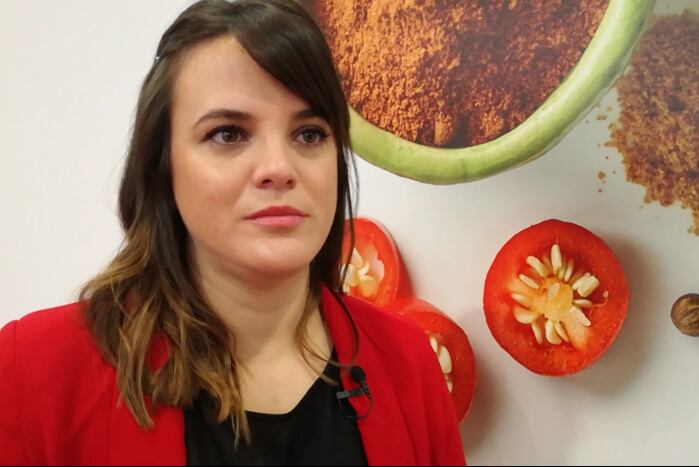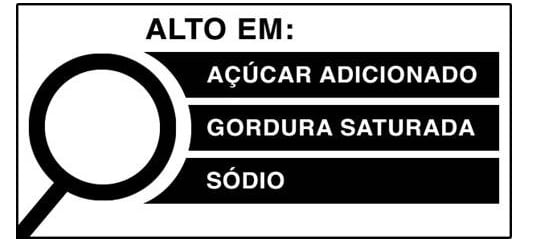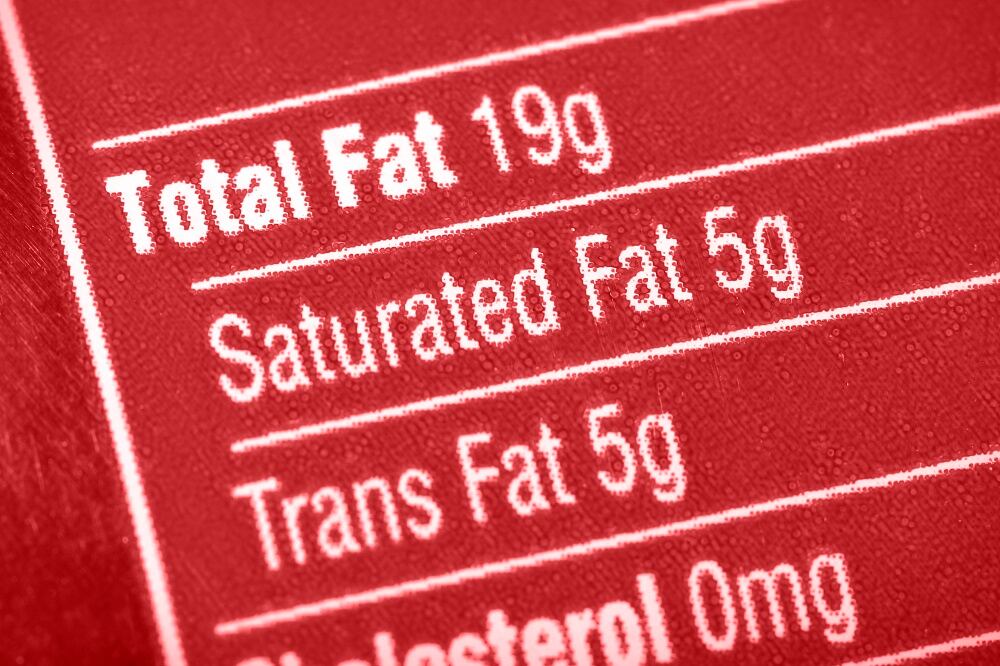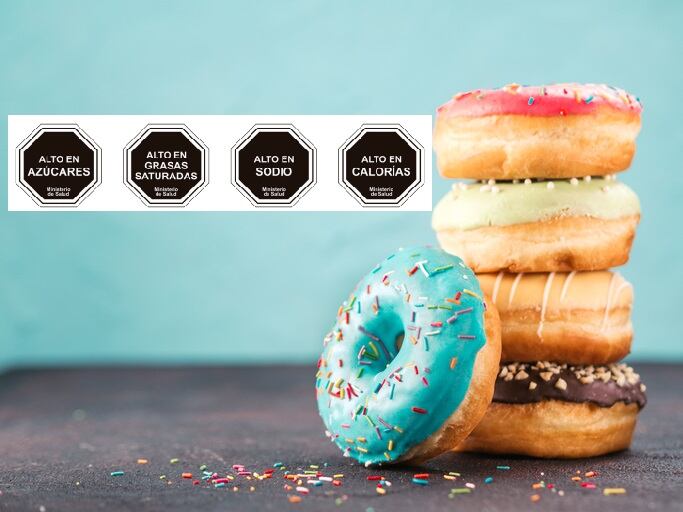If approved, the magnifying glass and accompanying warning ‘High in’ will be mandatory on all products that are equal to or exceed nutrient thresholds for sugar, salt, and saturated fat.
The limits are 10 g of sugar per 100 g of product or 5 g of sugar per 100 ml of liquid product; 4 g of saturated fat per 100 g of solid product and 2 g per 100 g of liquid product; and 400 mg of sodium for solids and 200 mg for liquids.
“The selection of ingredients was based on health risk, as they are related to the main non-communicable chronic diseases (NCDs) in Brazil, such as diabetes, cardiovascular disease, and hypertension,” said the agency.
The label does not require information on trans fat content as ANVISA is currently reviewing separate legislation for this nutrient, known to be harmful to heart health.
ANVISA: ‘Ensuring the best information’
Two consultations, one on the nutrition label itself and a second on the technical implementation for manufacturers, will open next week (23 September) and will run for a total of 45 days.
Want to take part in the consultation? Click here to submit comments on the nutrition label and here to leave comments on the technical implementation for food and drink manufacturers.
According to ANVISA’s director, Alessandra Bastos, the proposal allows the agency to fulfill its mission of guaranteeing consumers safe food.
“We want to ensure the best information for citizens to decide what they will consume,” she said.
The magnifying glass will help consumers visualize and identify the information that is presented, said the agency, which hopes to have the front-of-pack label in place next year.
The nutrient thresholds for sodium, sugar and saturated fat will be rolled out in two phases over a 42-month period.
Tighter rules on health claims
The proposal also standardizes how information in nutrition tables must be declared, requiring manufacturers to list the nutrient content for 100 g or 100 ml of product. They must also present this information in black characters against a white background with a standardized font and spacing.
“Today these measures allow a great variation, which makes it difficult to understand the information. The idea is to make it easier for consumers to compare content without having to do calculations,” said ANVISA in a statement.
The agency also updated reference values to calculate daily food intakes, bringing them in line with recommendations made by the World Health Organization (WHO) and Codex Alimentarius.
Products that bear a warning label may not make health or nutrition claims, even to inform consumers of reformulation. For instance, a packet of chips that has a high sodium warning cannot claim to be ‘lower in salt’.
ANVISA experts selected the nutrition label model after reviewing the results of a public consultation on the matter. It also reviewed available scientific studies on the subject and conducted two surveys on over 4,300 Brazilian individuals.
These surveys, coordinated by ANVISA but conducted by Brazil’s Agricultural Research Corporation (Embrapa) and the University of Brasilia through a partnership with the National Council for Scientific and Technological Development (CNPq), asked individuals to evaluate different nutrition labels.
Consumer rights organization IDEC welcomed the proposal, saying ANVISA had made “great strides”
However, it would have liked to see a nutrition label similar to Chile's stop sign warning symbols. IDEC nutritionist Ana Paula Bortoletto added: “We still question the evidence that led to the decision to choose the magnifying glass instead of the triangles. In addition, we are concerned about the very long deadline for the [compliance] of companies.”
The analyst’s view: No 'one-size-fits-all' for nutrition labels
According to the head of regulatory affairs at Buenos Aires-based consultancy EAS Strategies, Eugenia Muinelo, who is also a trained clinical nutritionist, there is no ‘one size fits all’ for nutrition labels.

“It’s really difficult to say which nutrition label is ‘the best’. It depends on the country’s situation and education levels; there are many factors that influence the choice. In the Latin American region, every country has very different food cultures and this is also very important to consider.”
While the European NutriScore, which has officially been adopted by France and Belgium, or Australia’s star system, are innovative, they are probably not suitable for the Latin American region, she said.
“The label approved in Ecuador, for instance, is a color-coded scheme that shows whether a product is high, medium or low for salt, sugar and fat. The idea was to approve something with traffic lights because, given the level of education in Ecuador, the whole population could easily understand what the government is trying to communicate. In this way, they cover people who can read and those who cannot read can use the traffic light colors.”
'Latin America is a pioneer for front-of-pack nutrition labeling'
In any case, Latin America is something of a trailblazer in the field.
“Latin America is definitely a pioneer for front-of-pack nutrition labeling,” Muinelo told FoodNavigator-LATAM. “In 2012, Chile approved the mandatory warning labels and after that, there were many countries approving them across the globe.”
Muinelo said that the food industry has widely embraced the concept of nutrition labeling despite some initial resistance.
“In the beginning, there was a little bit of rejection from industry [regarding mandatory nutrition labeling]. At this moment, industry is giving some support and collaborating with the government in trying to develop the regulation, such as here in Brazil. They are taking part in working groups, giving their opinion and sharing resources.”
“Although it could be seen as an obstacle for food manufacturers, I think this is an opportunity to rethink new products through reformulation,” added Muinelo.




